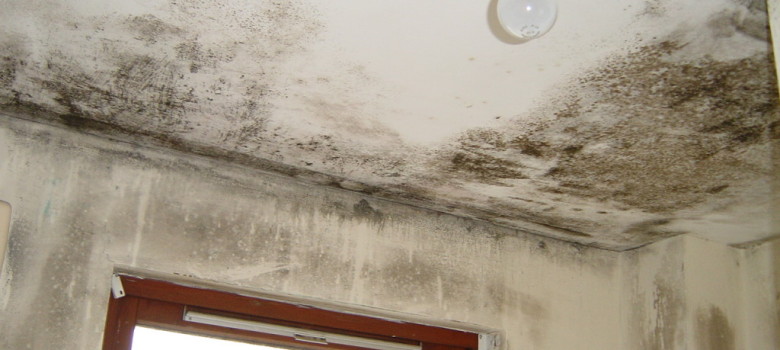
Condensation is a big worry for homeowners, but interestingly it is normally a result of their actions that it actually occurs.
Condensation forms when the water vapour produced by the occupants and their activities / actions hits a cool surface and condenses.
Stop condensation (and mould) occurring in your home!
If left unchecked it can lead to mould and the associated health risks of that and it can also lead to the degradation of building components severely reducing their lifespan – so worth trying to sort it! In the following guide we list 10 ways to stop condensation forming in your home (or at least lowering it!).
- Leave saucepan lids on when you are cooking – most of us will boil a saucepan of water for pasta / veg or a bowl of soup every so often. When the liquid boils, it releases water vapour that can then condense on cooler surfaces like windows or walls. Normally this type of condensation is what we refer to as inconsequential condensation that occurs relatively infrequently so isn’t an issue, but if you are cooking night after night then it can lead to what’s known as nuisance condensation where it begins to make surfaces permanently damp which can lead to mould growth.Using a saucepan lid is a really simple way of stopping condensation forming in your home; so if you have them, use them! A saucepan lid will help boil water much quicker so you save energy in the process!
- 2 in our list is actually related to no.1 but if you are cooking in the home and don’t have a saucepan lid to hand, then you can always open the doors and windows to get rid of the excess condensation although obviously in the middle of the winter this isn’t ideal – actually at this time it is more important, because the cold surfaces where the water condenses tends to be cooler!
- Whenever taking a bath or shower open the window a little bit to try and rid the room of excess water vapour. In some cases you might have a ventilation fan – this are great at ridding a space of water vapour, so again turn this on when showering or bathing.
- When most people run a bath, they tend to first fill it with the hot water and then cool it down by turning on the cold tap until it is the required temperature. A better way of running the bath is to actually use the mixer to try to fill it with the water at the required temperature straight off the bat, since you produce less steam (because it won’t be so hot!). You can also save energy by lowering the thermostat temperature on your hot water tank – if you run the hot water tap in your home and the water is scolding, then it is too hot! Holding the water at a lower temp in the hot water tank will mean less gas / electricity used for heating and therefore lower energy bills!
Pages: 1 2











No Comments yet! Be the first one.